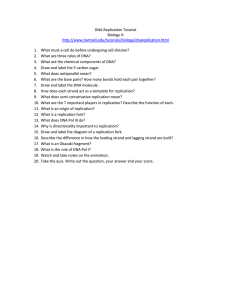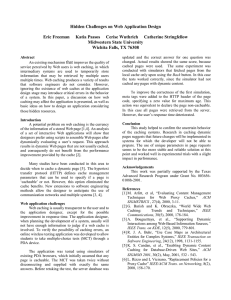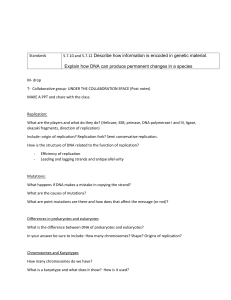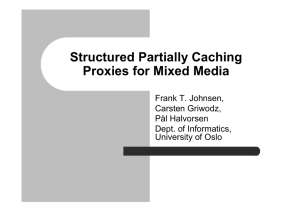ds12_web
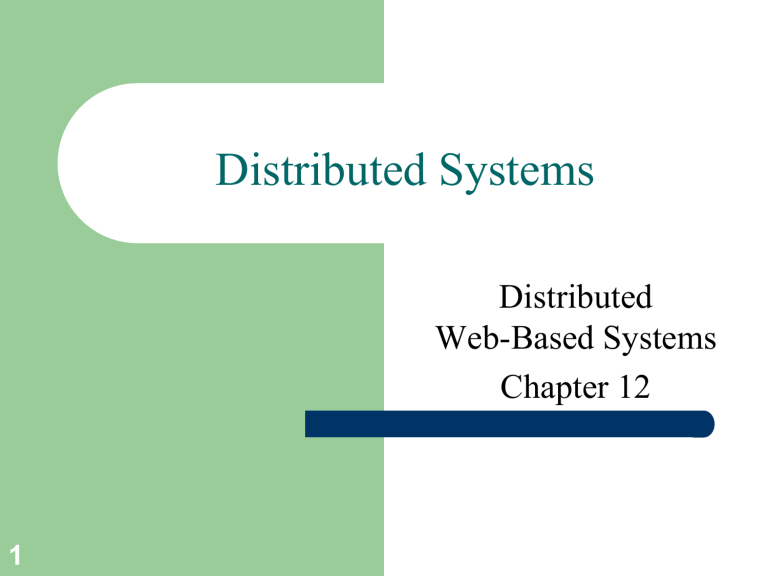
1
Distributed Systems
Distributed
Web-Based Systems
Chapter 12
Course/Slides Credits
2
Note: all course presentations are based on those developed by Andrew S. Tanenbaum and
Maarten van Steen. They accompany their
"Distributed Systems: Principles and
Paradigms" textbook (1 st & 2 nd editions).
http://www.prenhall.com/divisions/esm/app/aut hor_tanenbaum/custom/dist_sys_1e/index.html
And additions made by Paul Barry in course
CW046-4: Distributed Systems http://glasnost.itcarlow.ie/~barryp/net4.html
Traditional Web-Based Systems
3
The overall organization of a traditional Web site
Web Documents
4
Six top-level MIME types and some common subtypes
Multitiered Architectures
5 The principle of using server-side CGI programs
Web Services Fundamentals
6 The principle of a Web service
Processes – Clients (1)
7
The logical components of a Web browser
Processes – Clients (2)
8
Using a Web proxy when the browser does not speak FTP
The Apache Web Server
9
The general organization of the Apache Web server
Web Server Clusters (1)
10
The principle of using a server cluster in combination with a front end to implement a
Web service
Web Server Clusters (2)
11
A scalable content-aware cluster of Web servers
HTTP Connections (1)
12
(a) Using non-persistent connections
HTTP Connections (2)
13
(b) Using persistent connections
HTTP Methods
14
Operations supported by HTTP
HTTP Messages (1)
15
(a) HTTP request message
HTTP Messages (2)
16
(b) HTTP response message
HTTP Messages (3)
17 Some HTTP message headers
HTTP Messages (4)
18
Some HTTP message headers
Simple Object Access Protocol
19
An example of an XML-based SOAP message
Naming (1)
20
Often-used structures for URLs. (a) Using only a DNS name. (b) Combining a DNS name with a port number. (c) Combining an IP address with a port number.
Naming (2)
21
Examples of URIs
Web Proxy Caching
22
The principle of cooperative caching
Replication for Web Hosting Systems
23
The general organization of a CDN as a feedback-control system (adapted from
Sivasubramanian et al., 2004b)
Adaptation Triggering
24
One normal and three different access patterns reflecting flashcrowd behavior
(adapted from Baryshnikov et al., 2005)
Adjustment Measures
25
The principal working of the Akamai CDN
Replication of Web Applications
26
Alternatives for caching and replication with Web applications
Security (1)
27
The position of TLS in the Internet protocol stack
Security
(2)
28
TLS with mutual authentication






